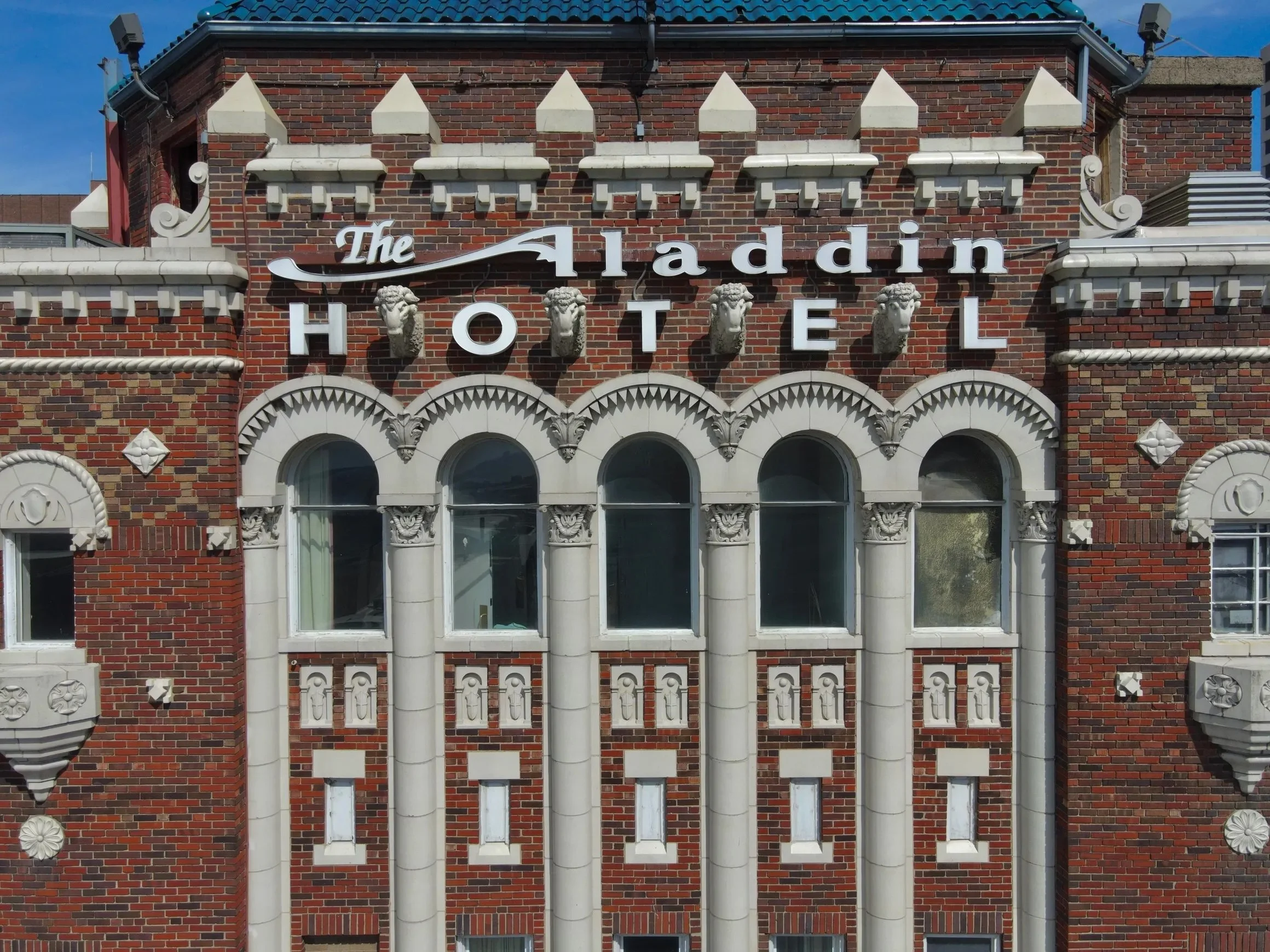Arch Street Capital Advisors, headquartered in New York, and Artemis Real Estate Partners, based in Washington, D.C., have made a significant move to expand their industrial real estate portfolios by acquiring four prime properties in Edgerton, Kan. This new acquisition adds 2.4 million SF of Class A industrial space to their holdings, strengthening their presence in key logistics markets.
The properties, developed by NorthPoint Development between 2014 and 2017, are located within the Logistics Park Kansas City (LPKC), a 2,352-acre industrial park that is considered a key hub for distribution and warehouse operations. This master-planned development offers businesses a strategic advantage due to its close proximity to major transportation routes, including Interstates 29 and 435, as well as its accessibility to Kansas City International Airport. These factors make the park an ideal location for logistics and distribution companies looking to optimize their operations and reach broader markets.
The newly acquired portfolio includes four high-quality facilities that are fully leased to well-established tenants, including Amazon, Walmart, and Demdaco. These buildings are strategically situated within the park and vary in size, catering to different operational needs. The properties reflect the increasing demand for modern, high-specification industrial spaces in the Kansas City area, a region that continues to attract top-tier tenants due to its central location and robust infrastructure.
These facilities, located across several prime spots within LPKC, include properties such as a large warehouse space, which serves as a critical hub for distribution, as well as additional spaces that support a variety of logistics functions. The buildings’ size and functionality make them highly desirable, supporting a range of industries from e-commerce to consumer goods, and further cementing the area’s reputation as a logistics powerhouse.
This acquisition is aligned with Arch Street and Artemis’s ongoing strategy to target institutional-quality industrial assets in prime logistics markets. It also underscores the rapid growth and investment in the Kansas City area’s industrial sector, which has seen a surge in development and interest from major corporations in recent years. Logistics Park Kansas City, with its comprehensive infrastructure and advantageous location, continues to draw large-scale companies looking for efficient, high-performance distribution solutions. With this latest investment, Arch Street and Artemis help to further solidify the park’s status as a leading destination for industrial real estate investment, signaling continued growth and opportunity in the region.
Header image An aerial view of Logistics Park Kansas City, a 2,300-acre+ industrial park, located near Interstates 29 and 435. Image courtesy of Hunt Midwest








